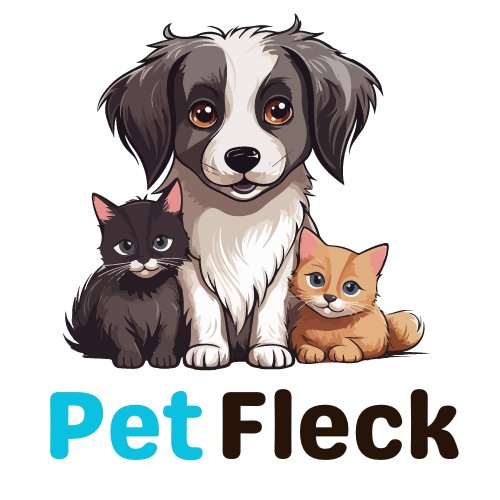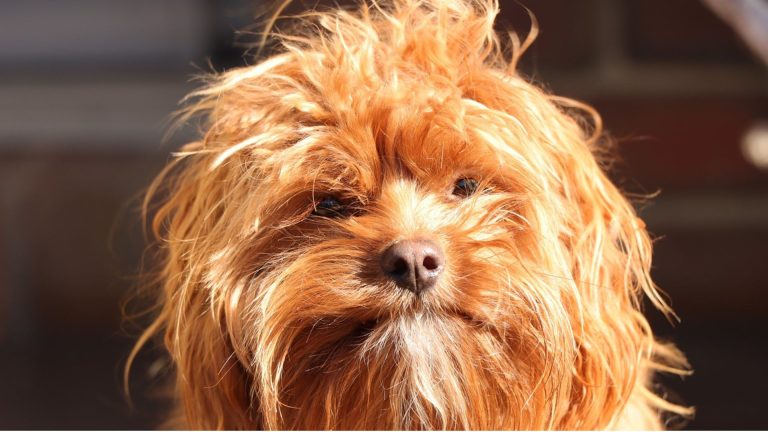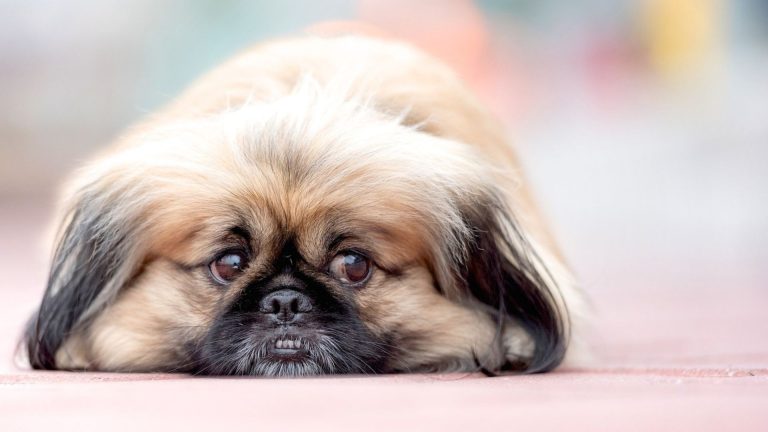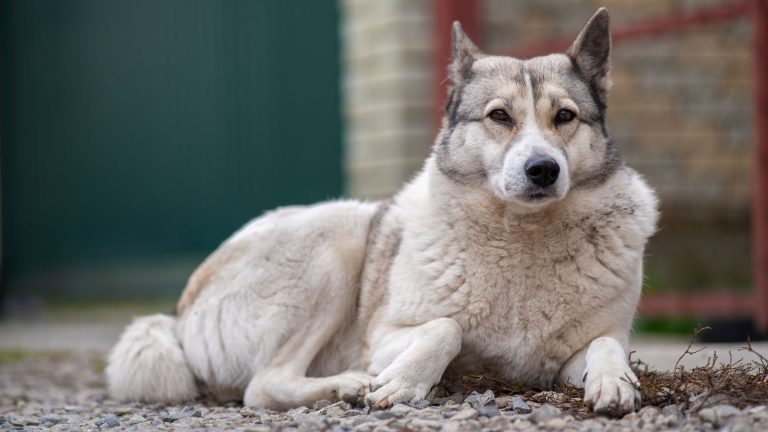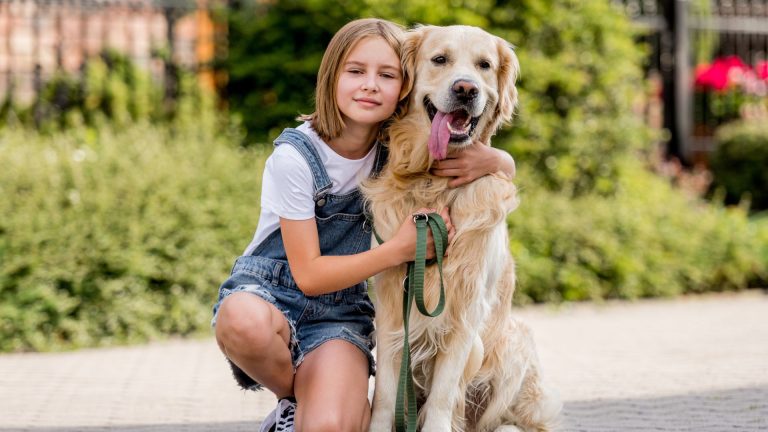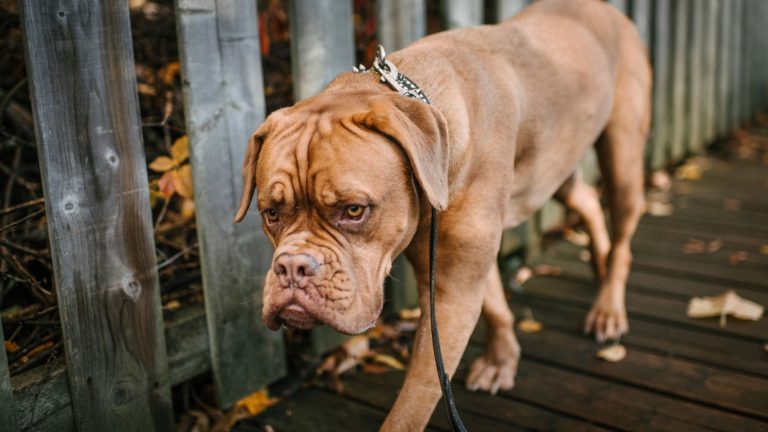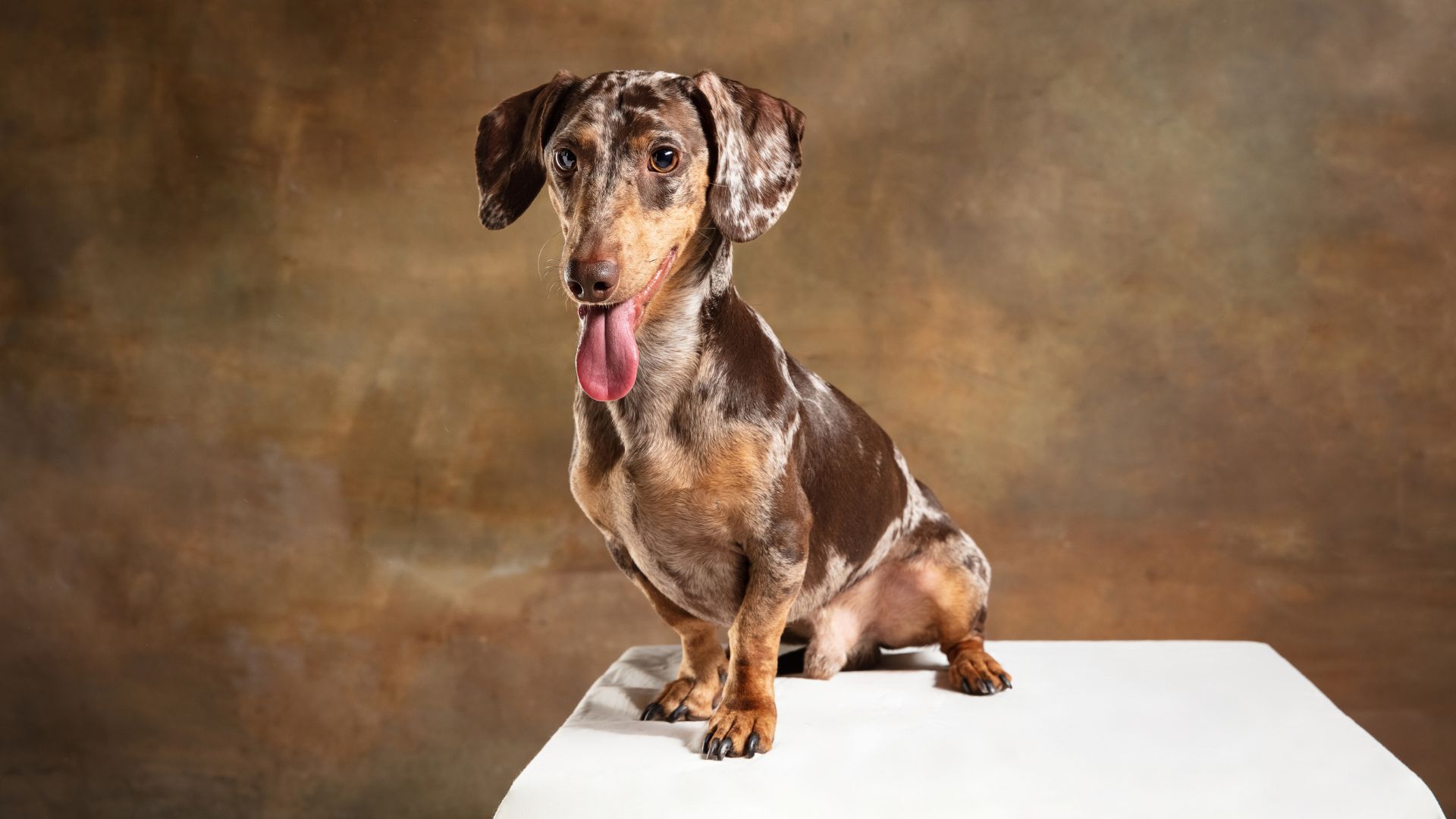
Contents
- 1 History and Origin
- 2 What is a Piebald Dachshund?
- 3 Genetics Behind Piebald Dachshunds
- 4 Physical Characteristics
- 5 Temperament and Personality
- 6 Health and Lifespan
- 7 Care and Maintenance
- 8 Living with a Piebald Dachshund
- 9 Training and Socialization
- 10 Adoption and Purchasing Tips
- 11 Adoption Considerations
- 12 What to Look for in a Healthy Piebald Dachshund
- 13 Adoption and Purchasing Tips
- 14 Conclusion
Piebald Dachshunds are a distinctive variety of the beloved Dachshund breed. Known for their unique coat patterns, these dogs display striking patches of color on a white background. This pattern sets them apart from other Dachshunds, making them a popular choice among dog enthusiasts.
Understanding the piebald pattern is crucial for potential owners. This knowledge helps in recognizing the specific needs and traits of Piebald Dachshunds. It also aids in making informed decisions about their care and maintenance.
Whether you’re a prospective owner or simply curious about this unique pattern, delving into the world of Piebald Dachshunds offers fascinating insights into their history, genetics, and care requirements. This article will guide you through everything you need to know about these charming and unique dogs.

History and Origin
The Dachshund breed originated in Germany over 600 years ago. Bred primarily for hunting, these dogs were experts at tracking and chasing badgers and other burrowing animals. Their long bodies and short legs made them perfect for navigating underground tunnels.
Introduction of the Piebald Pattern in Dachshunds
The piebald pattern emerged through selective breeding. By pairing Dachshunds with specific coat patterns, breeders introduced the piebald trait, resulting in dogs with unique and eye-catching patches of color. This pattern became increasingly popular due to its distinctive appearance.
Historical Significance and Breeding Practices
Throughout history, Dachshunds have been cherished not only for their hunting skills but also for their companionship. The introduction of the piebald pattern added another layer of appeal. Breeders focused on maintaining the health and temperament of these dogs while enhancing their physical traits.
Breeding practices aimed at preserving the piebald pattern have evolved over time. Responsible breeders prioritize the well-being of the dogs, ensuring that the piebald Dachshunds remain healthy and vibrant. This commitment has helped the piebald Dachshund maintain its status as a beloved and sought-after variety within the breed.
What is a Piebald Dachshund?
A piebald Dachshund features a coat with distinct patches of color set against a white background. The term “piebald” refers to the presence of two different colors, usually large, unpigmented areas combined with a base color. This pattern creates a striking contrast that makes piebald Dachshunds stand out.
Characteristics of a Piebald Dachshund
Piebald Dachshunds have a unique appearance due to their coat pattern. Their markings can vary greatly, ranging from a few spots to extensive color patches. These dogs often have symmetrical markings, with spots appearing on the head, body, and legs. Besides their coat, piebald Dachshunds share the same physical traits as other Dachshunds, including long bodies, short legs, and expressive eyes. Their coats can be smooth, long-haired, or wire-haired, adding to their diversity.
Difference Between Piebald and Other Dachshund Patterns
The main difference between piebald Dachshunds and other Dachshund patterns lies in their coat markings. While piebald Dachshunds have distinct color patches on a white background, other patterns include dapple, brindle, and solid colors. Dapple Dachshunds have a mottled coat with lighter areas, while brindle Dachshunds display tiger-like stripes. Solid color Dachshunds, on the other hand, have a uniform coat without distinct patches or markings.
Understanding these differences helps in appreciating the unique beauty of piebald Dachshunds and recognizing their distinct place within the Dachshund breed.
Genetics Behind Piebald Dachshunds
The piebald pattern in Dachshunds is determined by specific genetic factors. The pattern results from the presence of a recessive gene, known as the piebald gene. For a Dachshund to exhibit the piebald coat, it must inherit two copies of this recessive gene, one from each parent. If a dog carries only one copy of the gene, it will not display the piebald pattern but can still pass the gene to its offspring.
How the Piebald Pattern is Inherited
Inheritance of the piebald pattern follows Mendelian genetics. When two piebald Dachshunds are bred together, the probability of their puppies being piebald increases. If both parents are piebald, all offspring will be piebald as well. When one parent is piebald and the other carries one copy of the piebald gene (but does not display the pattern), there is a 50% chance that the puppies will be piebald. If both parents carry one copy of the piebald gene, there’s a 25% chance of each puppy being piebald, a 50% chance of carrying the gene without displaying it, and a 25% chance of not carrying the gene at all.
Common Genetic Issues and Considerations
While piebald Dachshunds are beautiful, potential genetic issues must be considered. One common concern is the increased risk of deafness, particularly in dogs with large areas of white on their coats. This occurs because the gene responsible for the piebald pattern can also affect the development of the inner ear.
Additionally, breeding two piebald Dachshunds can sometimes lead to health problems related to inbreeding. Responsible breeders perform genetic testing to minimize these risks and ensure the health of their dogs. They also prioritize breeding practices that promote genetic diversity and overall well-being.
Understanding the genetics behind piebald Dachshunds is crucial for responsible ownership and breeding, helping to maintain the health and vitality of these charming dogs.
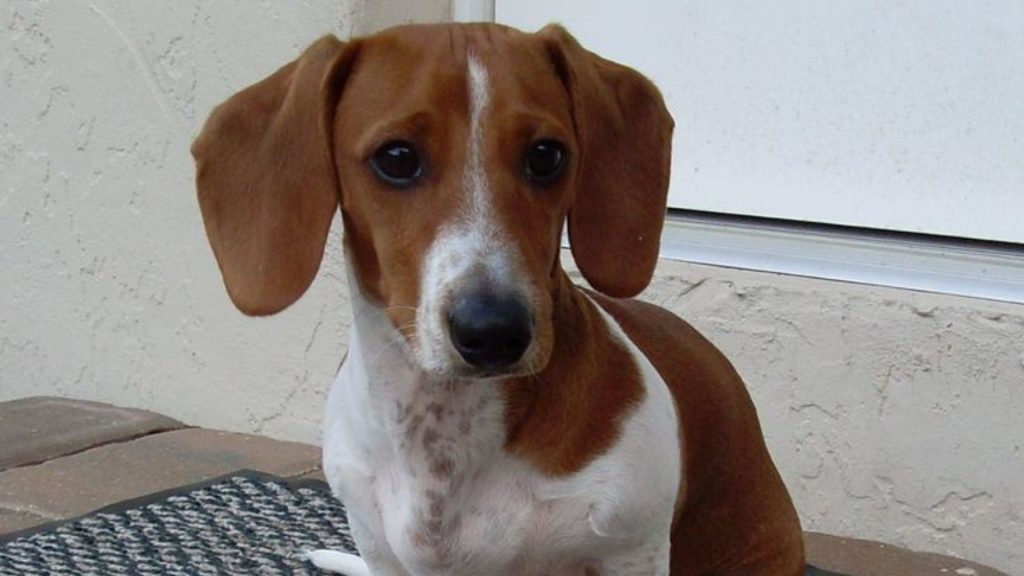
Physical Characteristics
Piebald Dachshunds, like other Dachshunds, come in two main sizes: standard and miniature. Standard Piebald Dachshunds typically weigh between 16 to 32 pounds and stand about 8 to 9 inches tall at the shoulder. Miniature Piebald Dachshunds weigh less than 11 pounds and stand around 5 to 6 inches tall. Despite their small size, they have a sturdy and muscular build.
Coat Types and Colors
Piebald Dachshunds can have three different coat types: smooth, long-haired, and wire-haired. Smooth-coated piebalds have short, shiny fur that’s easy to maintain. Long-haired piebalds have a silky, flowing coat that requires regular grooming. Wire-haired piebalds sport a dense, rough coat with a distinctive beard and eyebrows.
The piebald pattern can appear on any base color, including red, cream, black and tan, chocolate, and blue. The white patches are often large and irregular, creating a striking contrast with the base color.
Unique Markings and Variations within the Piebald Pattern
The piebald pattern is characterized by its unique and unpredictable markings. Some piebald Dachshunds have small, scattered spots, while others have large, contiguous patches of color. These markings can appear anywhere on the body, but symmetrical patches on the head, ears, and body are common.
Each piebald Dachshund is unique in its markings, making them stand out from other patterns. Some may have a mostly white coat with a few colored spots, while others might be predominantly colored with small white patches. The variation in markings adds to the charm and individuality of each piebald Dachshund.
Understanding these physical characteristics helps in appreciating the beauty and diversity of piebald Dachshunds, making them a fascinating choice for dog lovers.
Temperament and Personality
Dachshunds are known for their lively and courageous temperament. They are intelligent, independent, and often exhibit a playful and curious nature. These dogs are loyal to their families and can be quite protective. Despite their small size, they have a bold personality, often acting as if they are much larger than they really are.
Specific Traits of Piebald Dachshunds
Piebald Dachshunds share the general traits of the breed but often have a particularly engaging and affectionate demeanor. Their unique appearance can sometimes make them the center of attention, and they tend to enjoy social interactions. Piebald Dachshunds are known for their friendly and outgoing nature, making them great companions.
Behavioral Tendencies and Training Tips
Like all Dachshunds, piebalds can be a bit stubborn and independent, which can sometimes make training a challenge. However, their intelligence and eagerness to please can be harnessed with the right approach. Consistency and positive reinforcement are key to training these spirited dogs. Short, engaging training sessions work best, keeping their attention and making learning fun.
Piebald Dachshunds also benefit from early socialization. Exposing them to various people, environments, and other animals at a young age helps them grow into well-rounded adults. Given their hunting background, they may have a strong prey drive, so leash training and recall commands are essential.
Despite their occasional stubbornness, with patience and persistence, piebald Dachshunds can be trained to exhibit excellent behavior, making them delightful and well-mannered pets. Their playful and loving nature, combined with proper training, ensures they are a joy to have as part of the family.
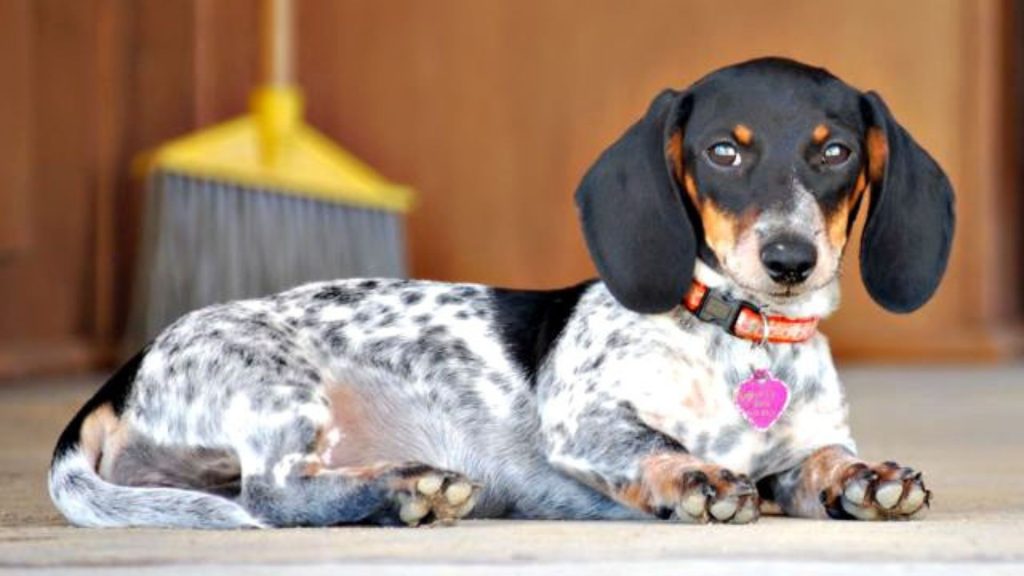
Health and Lifespan
Piebald Dachshunds, like all Dachshunds, are prone to specific health issues. One common concern is Intervertebral Disc Disease (IVDD), due to their elongated spine. This condition can cause back pain and mobility problems. Additionally, piebald Dachshunds may face a higher risk of congenital deafness, especially if they have extensive white markings. Eye problems, such as progressive retinal atrophy (PRA), are also more common in piebalds.
Lifespan Expectations
Despite these potential health issues, piebald Dachshunds generally enjoy a long lifespan. On average, they live between 12 to 16 years. With proper care and attention, many piebald Dachshunds can lead healthy, active lives well into their senior years.
Tips for Maintaining Their Health and Well-Being
Maintaining the health of a piebald Dachshund requires a proactive approach. Regular veterinary check-ups are essential for early detection and management of health issues. Keeping their weight in check is crucial, as obesity can exacerbate back problems. A balanced diet and regular exercise help maintain a healthy weight and overall well-being.
Exercise should be moderate to avoid straining their back. Short walks, playtime, and mental stimulation are beneficial. Avoid activities that involve jumping or excessive stair climbing, as these can put undue stress on their spine.
Regular grooming, particularly for long-haired piebalds, helps keep their coat healthy and free of mats. Dental care is also important, as Dachshunds are prone to dental issues. Brushing their teeth regularly and providing dental chews can help prevent periodontal disease.
Training and socialization from a young age contribute to their mental and emotional health. Piebald Dachshunds thrive in a loving, stimulating environment where they feel secure and engaged.
By following these tips, you can help ensure that your piebald Dachshund remains healthy and happy throughout their life, enjoying many years of companionship and joy.
Care and Maintenance
Piebald Dachshunds come in three coat types: smooth, long-haired, and wire-haired. Each type has its grooming needs. Smooth-coated piebalds require minimal grooming. Regular brushing once a week helps remove loose hairs and keep their coat shiny. Long-haired piebalds need more attention. Brush them several times a week to prevent tangles and mats. Wire-haired piebalds benefit from weekly brushing and occasional hand-stripping to maintain their coat’s texture. Regular nail trimming, ear cleaning, and dental care are essential for all piebald Dachshunds.
Exercise Requirements
Dachshunds are active dogs that need regular exercise to stay healthy and happy. Piebald Dachshunds enjoy daily walks, playtime, and mental stimulation. Aim for at least 30 minutes of exercise each day. Short walks, fetch, and interactive toys are great options. Be cautious of activities that involve jumping or climbing stairs, as these can strain their backs. Providing a safe, stimulating environment helps keep them engaged and prevent boredom.
Dietary Recommendations
A balanced diet is crucial for maintaining the health of piebald Dachshunds. Choose high-quality dog food that meets their nutritional needs. The diet should include a good balance of protein, fats, and carbohydrates. Avoid overfeeding, as Dachshunds are prone to obesity, which can exacerbate back problems. Monitor their weight and adjust their food intake accordingly. Treats should be given in moderation and should be healthy options.
Fresh water should always be available. Consider feeding them smaller, more frequent meals to aid digestion and prevent bloating. Consult with your veterinarian to determine the best diet plan for your piebald Dachshund, ensuring they receive all necessary nutrients for a healthy and active life.
Proper grooming, regular exercise, and a balanced diet are key to keeping your piebald Dachshund in excellent condition, contributing to their overall well-being and longevity.
Living with a Piebald Dachshund
Piebald Dachshunds adapt well to various living environments, from apartments to houses with yards. However, they thrive best in homes where they receive plenty of attention and interaction. A secure yard is beneficial for exercise, but these dogs are known for their digging habits, so ensure fencing is secure. Indoor living suits them fine as long as they get regular outdoor exercise.
Socialization with Other Pets and People
Early socialization is crucial for piebald Dachshunds. Introduce them to different people, places, and other animals while they’re young. This helps them become well-rounded and confident adults. They generally get along well with other pets, especially if raised together. However, their hunting instincts may prompt them to chase smaller animals. Supervision and proper introductions are key to fostering good relationships.
Travel and Activity Considerations
Piebald Dachshunds can be great travel companions. Their small size makes them easy to transport, and they usually enjoy car rides and exploring new places. When traveling, always use a secure carrier or harness to ensure their safety. Bring along their favorite toys and blankets to make them feel comfortable.
These dogs need regular physical and mental stimulation. Interactive toys, puzzle feeders, and regular play sessions help keep them engaged. Be mindful of their back health; avoid activities that involve jumping or strenuous climbing. Gentle walks and supervised playtime are ideal for maintaining their fitness without risking injury.
Living with a piebald Dachshund is a rewarding experience. Their lively personality and loving nature make them delightful companions. With proper socialization, a stimulating environment, and mindful care, they can adapt well to various lifestyles and bring joy to any household.

Training and Socialization
Training piebald Dachshunds can be a fun yet challenging task due to their independent and sometimes stubborn nature. Consistency is key. Use positive reinforcement methods like treats, praise, and toys to reward good behavior. Keep training sessions short and engaging, around 5-10 minutes, to maintain their interest. Clicker training can also be effective, providing a clear signal for desired behaviors. Be patient and avoid harsh corrections; Dachshunds respond better to gentle guidance and encouragement.
Socialization Techniques
Early socialization is crucial for piebald Dachshunds to become well-adjusted adults. Start by exposing them to various environments, sounds, people, and other animals during their puppy stage. Arrange playdates with other dogs and take them on different outings. Use positive reinforcement to reward calm and friendly behavior. Introduce them to different textures, such as grass, sand, and pavement, to build confidence in new settings. Puppy classes can also provide structured socialization opportunities and basic training.
Addressing Common Behavioral Issues
Piebald Dachshunds, like all dogs, can develop behavioral issues if not properly addressed. Common issues include barking, digging, and separation anxiety. To manage excessive barking, teach the “quiet” command and reward silence. Providing mental stimulation through interactive toys and puzzles can reduce boredom-related behaviors.
For digging, provide designated digging areas or use deterrents in forbidden spots. If your Dachshund digs out of boredom, increase their exercise and playtime.
Separation anxiety can be mitigated by gradually increasing the time your dog spends alone, starting with short periods and gradually extending them. Providing a safe, comforting space with toys can help ease their anxiety. Crate training can also be beneficial, offering them a secure environment when you’re not home.
With consistent training, socialization, and addressing behavioral issues promptly, piebald Dachshunds can become well-behaved and happy members of your family.
Adoption and Purchasing Tips
When looking for a piebald Dachshund, finding a reputable breeder is crucial. Start by researching breeders who specialize in Dachshunds, specifically those who focus on the piebald pattern. Look for breeders who are registered with recognized canine organizations, such as the American Kennel Club (AKC). Reputable breeders should provide health clearances for their dogs, proving they are free from common genetic disorders. Visit the breeder’s facility if possible to see the living conditions and meet the puppies’ parents. A good breeder will ask you questions too, ensuring their puppies go to responsible, loving homes.
Adoption Considerations
Adoption is a wonderful option for finding a piebald Dachshund. Check local animal shelters, rescue organizations, and Dachshund-specific rescue groups. These organizations often have dogs in need of homes, including those with the piebald pattern. Adoption can be a rewarding experience, offering a second chance to a dog in need. When adopting, ask about the dog’s health history, temperament, and any special needs they may have. Spend time with the dog before making a decision to ensure they are a good fit for your family and lifestyle.
What to Look for in a Healthy Piebald Dachshund
When selecting a piebald Dachshund, whether from a breeder or through adoption, there are key indicators of a healthy dog to look for.
- Appearance: The dog should have bright, clear eyes, a shiny coat, and clean ears. Their skin should be free from sores or excessive dryness.
- Behavior: A healthy Dachshund will be alert and active. They should exhibit curiosity and a playful demeanor. Avoid dogs that appear overly lethargic or exhibit signs of aggression or extreme fear.
- Breathing: The dog should breathe easily without wheezing, coughing, or excessive panting.
- Movement: Check for smooth movement without limping or stiffness, as Dachshunds are prone to back issues.
- Health Records: Ensure the dog has up-to-date vaccinations and has been checked for common health issues. A reputable breeder or rescue will provide these records.
By paying attention to these details, you can ensure you’re bringing home a healthy, happy piebald Dachshund that will be a wonderful addition to your family.
Adoption and Purchasing Tips
When searching for a piebald Dachshund, it’s essential to find a reputable breeder. Start by looking for breeders registered with recognized organizations like the American Kennel Club (AKC) or the Dachshund Club of America. Reputable breeders will prioritize the health and well-being of their dogs, ensuring they are free from common genetic disorders.
A good breeder will provide health clearances and documentation of the puppy’s lineage. Visiting the breeder’s facility can offer insights into how the dogs are raised and cared for. Observe the cleanliness of the environment and the health of the adult dogs. A reputable breeder will also be open to answering your questions and may ask you about your lifestyle to ensure their puppies go to suitable homes.
Adoption Considerations
Adopting a piebald Dachshund can be a rewarding option. Check local animal shelters, Dachshund-specific rescue organizations, and online adoption platforms. Many Dachshund rescue groups specialize in the breed and occasionally have piebald Dachshunds available.
When adopting, ask about the dog’s history, including any known health issues and temperament traits. Spend time with the dog before finalizing the adoption to ensure they fit well with your family and lifestyle. Adoption not only provides a dog with a loving home but also helps reduce the number of animals in shelters.
What to Look for in a Healthy Piebald Dachshund
Whether purchasing from a breeder or adopting, knowing what to look for in a healthy piebald Dachshund is crucial.
- Appearance: Look for bright, clear eyes, a shiny coat, and clean ears. The dog’s skin should be free of sores or excessive dryness.
- Behavior: A healthy piebald Dachshund will be alert, active, and exhibit a playful demeanor. Avoid dogs that seem overly lethargic or display aggression or extreme fear.
- Breathing: Ensure the dog breathes easily without wheezing, coughing, or excessive panting.
- Movement: Watch for smooth movement without limping or stiffness. Given their long backs, it’s crucial that Dachshunds do not show signs of spinal issues.
- Health Records: Verify that the dog has up-to-date vaccinations and health checks. A reputable breeder or rescue will provide this documentation willingly.
By paying attention to these factors, you can ensure you’re bringing home a healthy, happy piebald Dachshund that will be a delightful addition to your family.
Conclusion
Owning a piebald Dachshund is a rewarding experience filled with joy and companionship. Their unique appearance and lively personality make them exceptional pets. Understanding their specific needs in terms of health, grooming, and training is crucial for their well-being. Whether adopting or purchasing, ensure your dog comes from a reputable source and is healthy. With proper care and attention, your piebald Dachshund will thrive and bring immense happiness to your life. Ready for the adventure? A piebald Dachshund awaits!

Hello, I’m Donna Carter, the founder and writer behind PetFleck.com. My journey with dogs started years ago, and it’s been a passion that has only grown stronger over time. I’ve always been fascinated by the unique behaviors and characteristics of different dog breeds, and this curiosity has led me to dive deep into the world of canine studies.
My love for dogs is the driving force behind everything I do. I’ve dedicated countless hours to researching and understanding the nuances of dog care, training, and breed-specific traits. This dedication helps me create content that is not only informative but also genuinely helpful for fellow dog lovers and owners.
At PetFleck, I combine my extensive knowledge and hands-on experience with my passion for dogs to provide valuable insights and tips. Whether it’s exploring different breeds or offering practical advice on dog care, I aim to share knowledge that makes a real difference in the lives of dogs and their families.
I’m thrilled to share my love for dogs with you through my writing. I hope my articles inspire and inform, helping you to better understand and appreciate the incredible bond we share with our furry friends.
Thank you for visiting PetFleck.com, and I look forward to connecting with you through our shared love of dogs!
